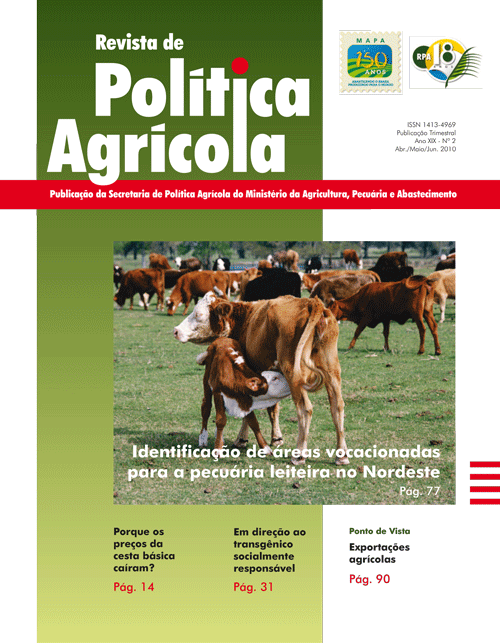Using Brazilian slaughters variability as a coordination measure
Keywords:
supply chain, coefficient of variability, meat industryAbstract
Supply chain coordination pursuits several objectives, where a higher stability of raw material flow is one of the most important because it reduces idle time costs. In the Brazilian meat industry there are several types of supplying organizations, and its diversity is widespread. However, there are some patterns depending on product, region and time, which can explain differences in coordination performance. The goal is to characterize coordination performance in the Brazilian meat industry, by measuring slaughters variability. It defines coordination performance as the stability of slaughters, which is measured by its annual coefficient of variation. The methodology uses quantitative and qualitative techniques to analyze data from the Quarterly Survey of Animal Slaughter conducted by the Brazilian Geographical and Statistical Institute (IBGE). This survey collect data of the number of heads and total carcass weight from bovine, swine and poultry slaughters, in a monthly basis, since 1997, in all 27 Brazilian states. The results do not reject the four hypothesis assumed by this study, with a coherent relationship between analyzed data, the recent development of the three meat supply chains and theoretical proposals. In general, results reinforce that a more integrated supply chain strengths the coordination effort to reduce slaughters variability.Downloads
How to Cite
Miele, M., & Coldebella, A. (2015). Using Brazilian slaughters variability as a coordination measure. Revista De Política Agrícola, 19(2), 42–47. Retrieved from https://rpa.sede.embrapa.br/RPA/article/view/327
Issue
Section
Artigos Científicos


